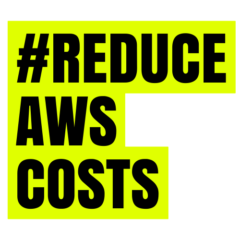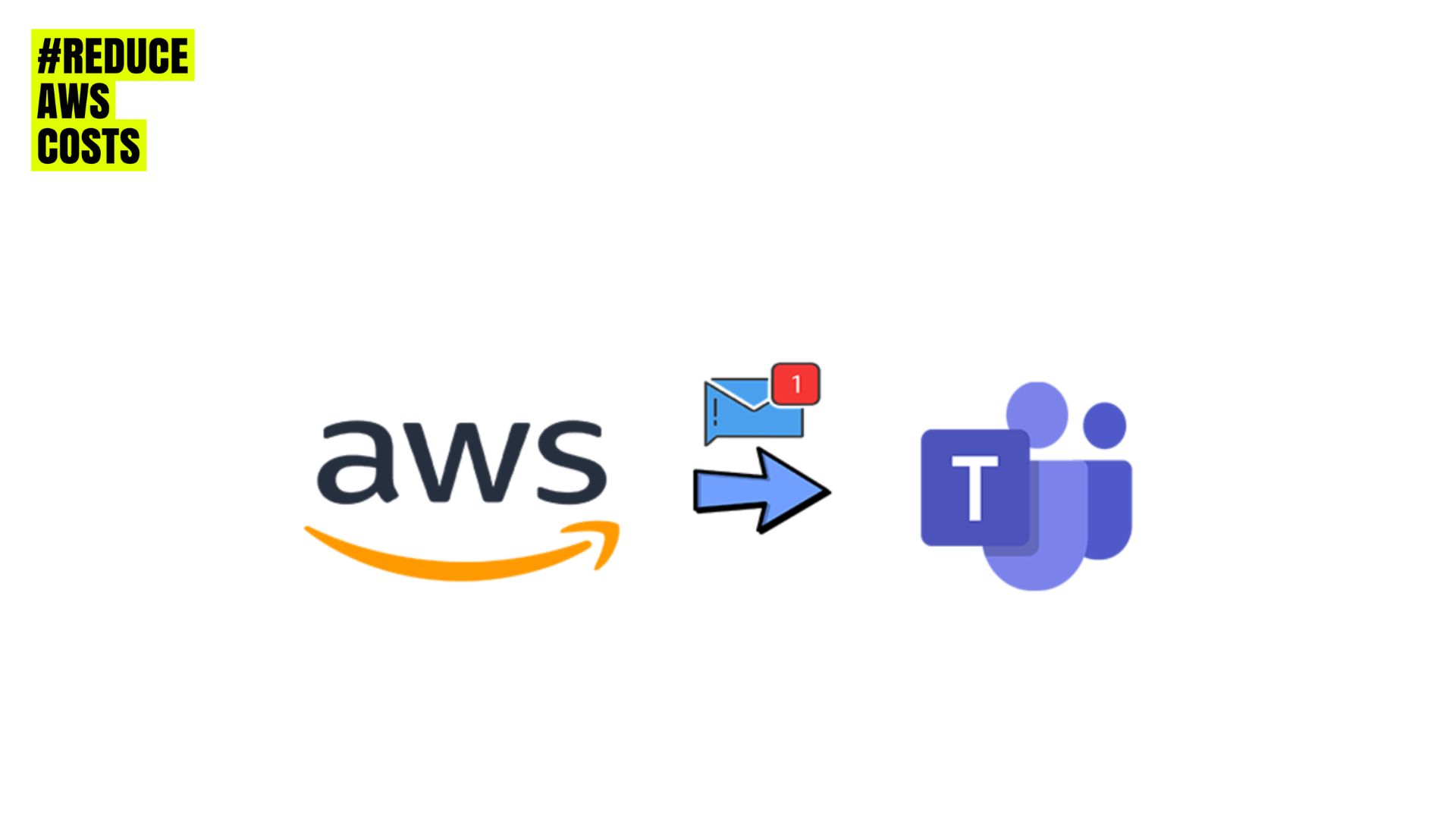In the dynamic landscape of cloud computing, businesses leveraging Amazon Web Services (AWS) often find themselves facing the challenge of managing and optimizing costs. As cloud usage grows, so does the potential for unexpected expenses. To ensure that your AWS infrastructure remains cost-effective, consider implementing the following strategies for effective cost reduction:
Rightsize Resources
Conduct regular assessments of your AWS resource usage to identify overprovisioned or underutilized instances. Rightsizing involves matching your resources to actual workload requirements, ensuring that you pay only for the computing power you need. At that step of optimization AI will play most important part.
Utilize Reserved Instances (RIs)
Reserved Instances allow you to commit to a one- or three-year term in exchange for significant cost savings compared to On-Demand pricing. By strategically purchasing RIs for stable and predictable workloads, you can achieve substantial cost reductions over time.
Implement Spot Instances
Leverage Spot Instances for non-critical, fault-tolerant workloads. Spot Instances provide access to unused AWS capacity at a lower cost than On-Demand instances. While they can be interrupted, they offer substantial savings for applications that can handle interruptions or are fault-tolerant.
Embrace Auto Scaling
Utilize Auto Scaling to automatically adjust the number of instances in response to changes in demand. This ensures that you have the right amount of resources available at all times, preventing overprovisioning and unnecessary costs during periods of low demand.
Optimize Data Storage
Review and optimize your data storage solutions by selecting the most cost-effective storage classes for your data. Implement data lifecycle policies to automatically transition data to lower-cost storage classes as it becomes less frequently accessed.
Monitor and Analyze Costs with AWS Cost Explorer
Regularly use AWS Cost Explorer to analyze your spending patterns and identify areas where costs can be optimized. Set up cost alerts to receive notifications when spending exceeds predefined thresholds, enabling proactive cost management.
Leverage AWS Cost Management Tools
Explore and utilize additional cost management tools provided by AWS, such as AWS Budgets and AWS Trusted Advisor. These tools offer insights into your spending patterns, provide cost-saving recommendations, and help you stay within budget.
Explore AWS Savings Plans
AWS Savings Plans offer flexibility and significant savings compared to On-Demand pricing. They provide a commitment to a consistent amount of compute usage (measured in $/hr) for a 1 or 3-year period, allowing you to save costs while maintaining flexibility. Even outside of the AWS you can find significant cost reduction on the service like with the pump.co, allowing AWS services thanks long term commitments provide higher discounts like 72% for a 3 year RI.
Optimize Data Transfer Costs
Minimize data transfer costs by using Amazon CloudFront for content delivery, optimizing data transfer between AWS regions, and leveraging AWS Direct Connect for dedicated network connections.
Continuous Optimization
Cloud environments are dynamic, and workloads evolve over time. Regularly revisit and update your cost optimization strategies to ensure ongoing efficiency as your business needs change.
Final Thoughts
By implementing these strategies, businesses can proactively manage and reduce their AWS costs, ensuring that their cloud infrastructure remains both efficient and cost-effective. Keep in mind that a holistic approach, combining these strategies and staying informed about AWS pricing updates, is key to achieving long-term success in cost management.




